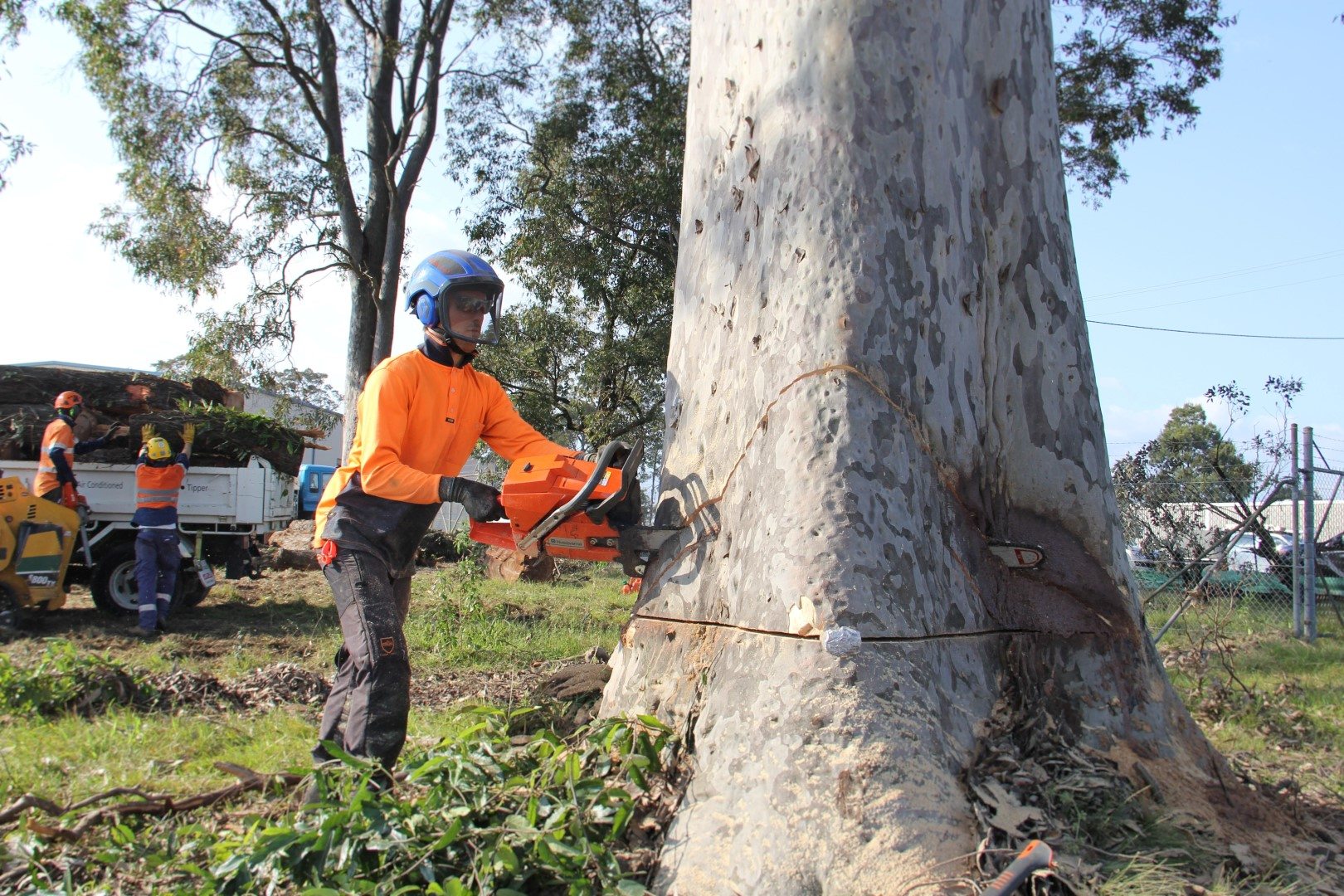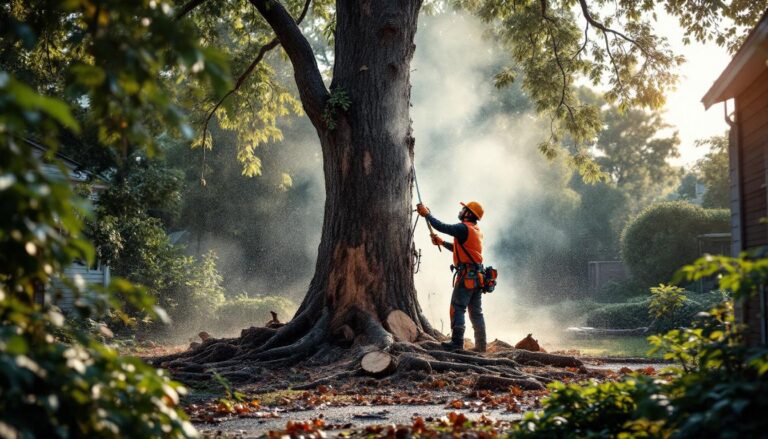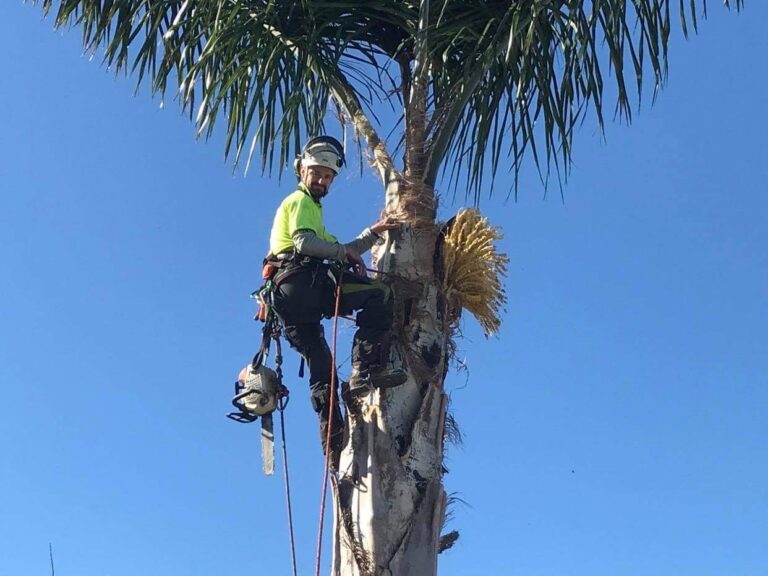Complete Tree and Stump Removal Services in Sydney
Tree and stump removal is a crucial aspect of landscape maintenance, especially in urban areas like Sydney where space is limited and tree health can significantly affect local ecosystems. With the increasing demand for land and safety considerations in densely populated regions, understanding the processes, options, and implications of tree and stump removal is vital for homeowners and businesses alike.
Understanding Tree and Stump Removal
Tree and stump removal involves the cutting down of trees that may be hazardous, diseased, or unwanted, followed by the removal of their stumps, which can cause problems in landscaping and construction. The importance of choosing experienced professionals cannot be understated, as improper removal can lead to safety hazards and damage to surrounding plants.
Importance of Professional Tree Removal
Engaging professional tree removal services mitigates potential risks associated with the task. Experts possess the skills and equipment necessary to safely remove trees, particularly those situated near structures or power lines. Additionally, professional arborists can assess the health of trees and recommend alternatives to removal, such as pruning or care adjustments.
Moreover, specialists are knowledgeable about local regulations and required permits, ensuring compliance with municipal guidelines and environmental considerations. Their experience contributes to a smoother, more effective removal process. They also understand the ecological impact of tree removal, often advising on the best practices for replanting or replacing trees to maintain local biodiversity. This holistic approach not only enhances the aesthetic appeal of a property but also supports the surrounding ecosystem.
The Process of Stump Removal
The process of stump removal is often overlooked but plays a vital role in landscaping. After the tree is felled, the stump can present ongoing challenges, including tripping hazards, pest attraction, and unsightly views. The methods for stump removal vary, ranging from manual digging to mechanical grinding.
Stump grinding is the most common method, where specialized machinery is used to grind the stump down to below ground level. This not only removes the stump but also avoids excessive digging that can disturb the surrounding area unnecessarily. In addition to grinding, some homeowners may opt for chemical stump removal, which involves applying substances that accelerate the decomposition of the stump over time. This method, while slower, can be a more environmentally friendly option, allowing for natural processes to take place. Understanding these various methods enables homeowners to make informed decisions based on their specific needs and the characteristics of their property.
Types of Tree and Stump Removal Services
There are various services available for tree and stump removal, designed to cater to different needs and preferences. Understanding these options can help homeowners make informed decisions based on their specific situations.
Tree Pruning and Trimming
Tree pruning and trimming are essential maintenance services that improve the health and appearance of trees. Regular pruning promotes tree health, enhances fruit and flower production, and prevents overgrowth that might lead to safety hazards. Knowledgeable arborists can determine the best time and method for these practices to ensure minimal stress to the tree.
Trimming refers to the removal of dead or excess branches and helps facilitate better air circulation and sunlight penetration. Trained professionals are adept at recognizing which branches to trim while adhering to horticultural best practices. Moreover, proper pruning techniques can help shape the tree, encouraging a more aesthetically pleasing form that complements the surrounding landscape. This is particularly important for ornamental trees and shrubs, where appearance is often a key consideration for homeowners.
Stump Grinding and Removal
Stump grinding and removal services are specialized to help property owners eliminate stumps efficiently. Stump grinders can reduce stumps to mulch that can then be used as a natural ground cover or for other landscaping purposes.
In addition to grinding, there are also chemical methods for decomposing stumps, although these take longer and may have environmental considerations. Understanding the best method for your situation will depend on the size of the stump, its location, and your landscaping goals. Additionally, stump removal is not just about aesthetics; it can also prevent pest infestations and the growth of unwanted shoots that may sprout from the stump. This proactive approach to stump management can save homeowners from future headaches and additional costs associated with pest control and further landscaping work.
Safety Measures in Tree and Stump Removal
Safety is paramount in tree and stump removal operations. Both the workers and the surrounding environment must be protected to prevent accidents and injuries.
Pre-Removal Preparations
Prior to beginning any removal work, thorough planning and assessment of the site are necessary. This includes evaluating the tree’s surroundings, identifying nearby structures, and checking for power lines that may be in close proximity.
Additionally, the presence of obstacles such as fences, vehicles, or other trees must be taken into account. This planning stage is essential to devise a safe and effective removal strategy. A detailed risk assessment can also help in identifying potential hazards that may not be immediately visible, such as unstable ground or hidden roots that could complicate the removal process. Engaging with local authorities or utility companies can provide further insights into any additional precautions that may be required, ensuring that all safety measures are in place before work begins.
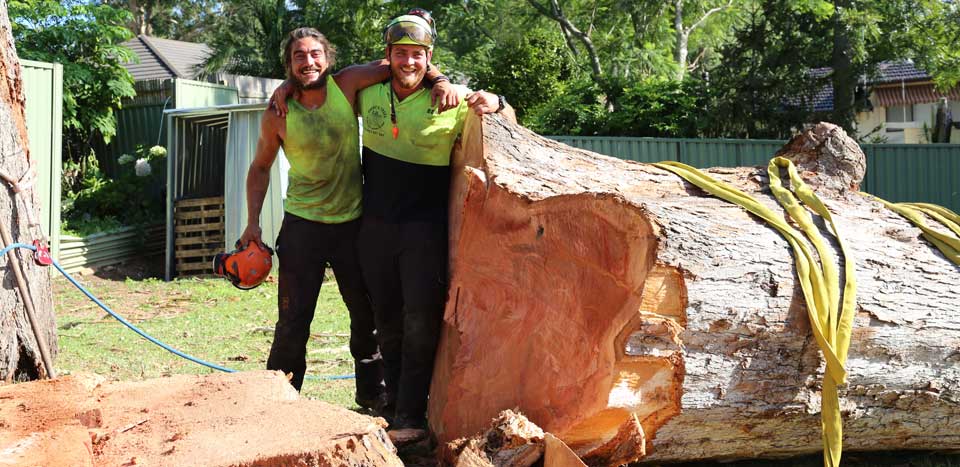
Safety Equipment and Procedures
Proper safety equipment and procedures are crucial in safeguarding both workers and the property. Arborists typically use helmets, gloves, eye protection, and specialized footwear when performing tree removal work.
Furthermore, following established safety protocols, including having a designated area for removal activities and using ropes and harnesses when necessary, is crucial to mitigate risks. In addition to personal protective equipment (PPE), it is important to have first aid kits readily available on-site, along with trained personnel who can respond to emergencies. Regular safety drills and training sessions can also enhance the team’s preparedness, ensuring that all workers are familiar with emergency procedures and the proper use of equipment. This proactive approach not only fosters a culture of safety but also empowers workers to recognize and address potential hazards before they escalate into serious incidents.
Environmental Impact of Tree and Stump Removal
The environmental implications of tree and stump removal are significant and should be carefully considered. Responsible removal practices help ensure that local flora and fauna are not adversely affected.
Protecting Nearby Flora and Fauna
Tree removal can disturb local ecosystems, affecting habitats for birds, insects, and other wildlife. Before undertaking removal, professionals should conduct environmental assessments to identify any potential impacts.
Proper planning may allow for the preservation of nearby vegetation and wildlife habitats, ensuring that the ecological balance is maintained while still meeting the needs of property owners. Additionally, it is essential to consider the timing of tree removal; for instance, avoiding nesting seasons for birds can help mitigate the negative effects on avian populations. Engaging with local environmental groups can also provide insights into best practices for maintaining biodiversity in the area.
Responsible Disposal of Tree Waste
Disposing of tree waste responsibly is another critical aspect of the removal process. Experienced tree services not only remove trees and stumps but also manage their byproducts through recycling and repurposing strategies.
Tree limbs and branches can be chipped into mulch, which can then benefit gardens and landscaping, while larger pieces may be transformed into firewood. Sustainable waste management ensures minimal landfill impact and supports local ecosystems. Moreover, some companies offer the option of donating usable wood to community projects or local artisans, further extending the life of the tree and contributing to community sustainability efforts. By embracing these practices, property owners can play a vital role in promoting environmental stewardship while addressing their own landscaping needs.
Cost Factors in Tree and Stump Removal
Understanding the cost factors involved in tree and stump removal can help in budgeting and planning. Costs can vary significantly based on several considerations.
Estimating the Cost of Tree Removal
Factors influencing the cost of tree removal include the tree’s height, condition, and accessibility. Larger trees often require more resources and time, hence increasing costs. Additionally, trees that are diseased or dead may need special care, which could also affect pricing. For instance, if a tree is leaning precariously or situated near power lines, specialized equipment and trained professionals may be necessary to ensure a safe removal process.
Obtaining quotes from multiple service providers can yield a clearer understanding of market rates and help identify the best value for specific needs. It’s also wise to inquire about the services included in the quote, such as debris cleanup or stump grinding, as these can significantly impact the final cost. Some companies may offer package deals that encompass both tree and stump removal, which can be more economical than hiring separate services.
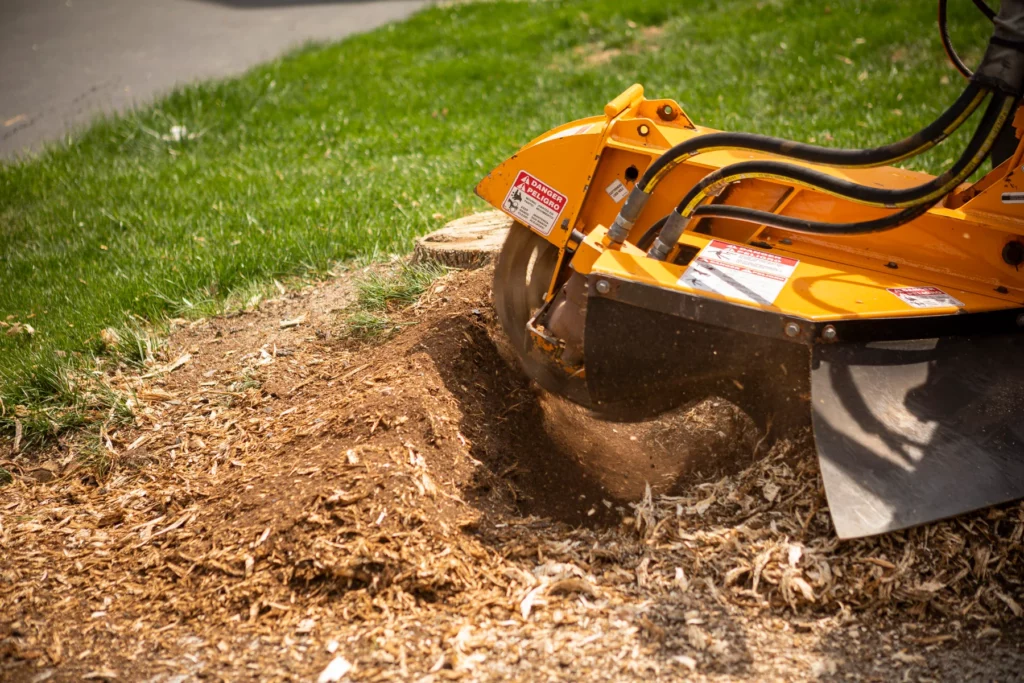
Factors Affecting Stump Removal Pricing
Stump removal pricing generally depends on the stump’s size and the method used for removal. Moreover, the location of the stump, particularly if it is close to structures or other trees, can complicate the removal and lead to higher costs. For example, if a stump is located in a tight space, it may require more intricate techniques, such as hand digging, which can be labor-intensive and time-consuming.
Finally, the required equipment and labor needed for the job will directly influence the overall expenses. Clients should factor in these details for a comprehensive understanding of the costs involved. Additionally, some homeowners may choose to have the stump ground down rather than completely removed, which can be a more cost-effective solution. This method leaves the roots in the ground but eliminates the visible portion of the stump, allowing for easier landscaping or planting in the area. Understanding these nuances can empower homeowners to make informed decisions tailored to their specific circumstances and budget.
In conclusion, addressing tree and stump removal effectively involves understanding the services available, ensuring safety measures, considering environmental impacts, and being aware of the associated costs. Homeowners in Sydney can benefit greatly from engaging professional services that prioritize both efficacy and ecological responsibility.
See Also: Affordable palm tree removal for Sydney residents.

